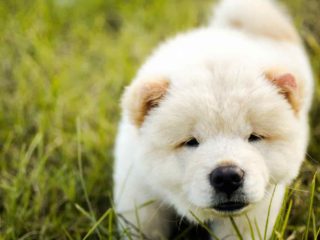The Akita dog breed is known for its adorable ears that stand up straight; however, some Akita owners often wonder why their new puppy’s ears are floppy.
There is nothing to worry about if your puppy’s ears are not standing up just yet. Although it can be concerning for owners, there are multiple reasons why this can happen.
Your Akita’s ears may not be standing up straight because each Akita is different. Typically their ears will begin to stand on their own between 6–10 weeks. Although, if their ears have not stood after 12-15 weeks, there may be a chance that your Akita has a health problem or is perhaps not purebred.
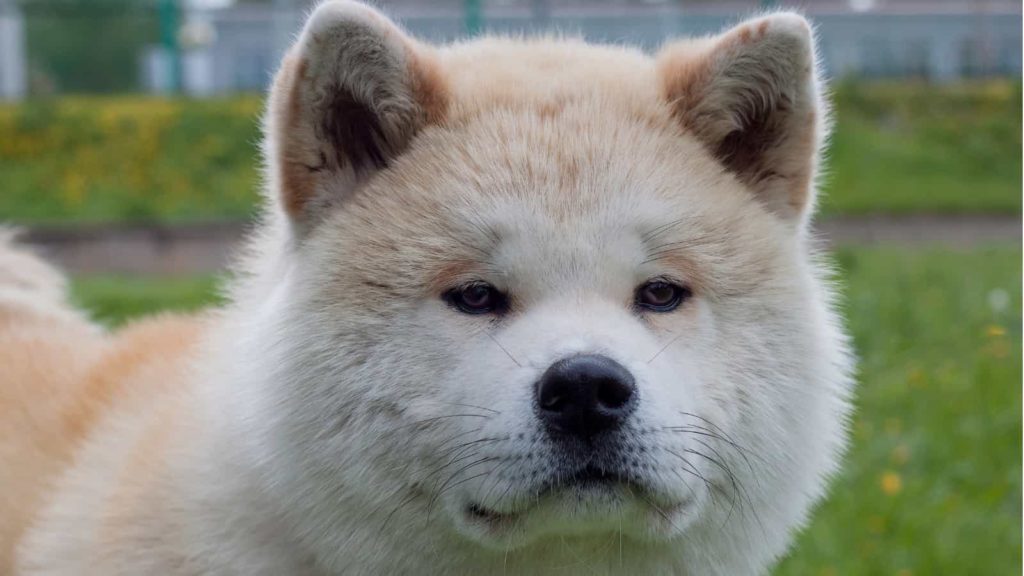
Since puppies are born blind and deaf they must develop the most critical aspects of their bodies first. Missing cartilage or pinna (the flap of skin that is covered by fur and composed of muscles that are attached to the cartilage) is the cause of Akita puppies having floppy ears at birth. The cartilage in the ear increases significantly after development in areas such as sight and hearing.
Patience is key when waiting for your Akita’s ears to become straight. In most cases your dog’s ears will be completely fine; however, if it is taking a long time for their ears to stand up, having your dog examined by a vet is the best option to find out what is going on with their ears.
General Appearance of Akita Ears
The general appearance of Akita’s ears includes a distinct triangle shape. The breed was originally used as hunting dogs, hence why their ears are an important feature.
The ears are typically firm and small in proportion to the head and body size. They are set well apart and are tilted directly forward. The inside of the ear is straight whereas the outside has a slight outward curve that runs back to the neck.
Disclaimer: This post may contain affiliate links. We only recommend high-quality products that are used and recommended by real owners. If you use these links to buy something we earn a small commission.
Although Akitas can all look different, purebred Akita’s ears will normally have this distinct appearance as their floppy puppy ears begin to stand up. Most Akita’s ears are distinctly colored, having lighter fur inside the ears and darker fur on the outside.
The term used to describe this unique fur coloring is called Urajiro, a cream to white color that is present on certain areas of every Akita including inside the ears, cheeks, under the jaw, inside of the legs, tummy, and upper throat.
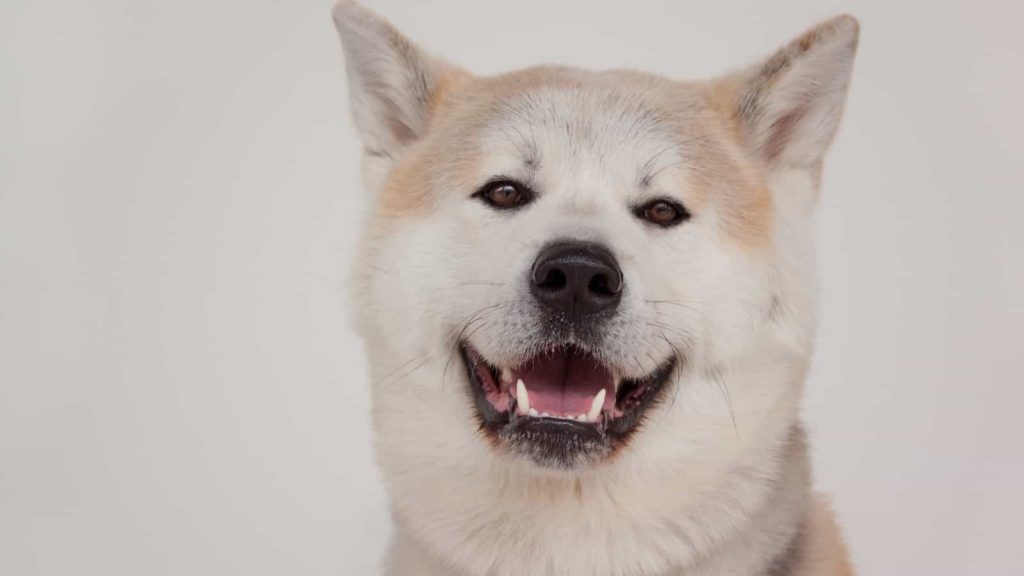
Since Akita’s ears can be slightly different in areas such as color or structure, even with the distinct appearances listed previously, their ears still play a critical role in the facial expressions that each Akita makes.
Each time an Akita’s ears tilt a certain direction, they are expressing themselves and their emotions, concerns, etc. This in turn makes their faces portray different expressions. This attribute is very unique and helps owners to decipher how their dog is feeling.
Although appearance is often noted, the feel of an Akita’s ears is interesting as well. Oftentimes their ears are thick not only because of their strong cartilage but because they are a double-coated dog breed.
An Akita’s coat is composed of 2 layers, one dense undercoat which is like an insulator, and their outer coat which acts as a cover against weather, dirt, or other aspects that would make your dog uncomfortable if it were to touch their skin.
An Akita’s distinctly cupped ears are thick with this double-coated fur, not only making them super cute, but able to stay warm in cold weather as well!
Floppy Ears in an Akita
It is normal for an Akita puppy to have floppy ears. There are a few different reasons why your full-grown Akita may have floppy ears. Two of the most common reasons are ear infections and collagen deficiencies. It is also possible they may not be purebred but are mixed with another breed that has floppy ears.
When an Akita gets an ear infection oftentimes one or both ears become floppy; this is frequently accompanied by a bad odor, scratching, and redness.
Collagen deficiency is a medical condition that can cause floppy ears solely because the ears are unable to stand on their own.
After talking with Akita Owners there are a large number of them who are concerned about their dogs’ ears not standing up; however, in a lot of cases the dogs were not purebred Akita. Not having straight ears is very common with mixed breeds however and should not be a huge concern.
Oftentimes Akitas who do not receive the care they need have ears that may never lift. This is due to cases of malnutrition, illness, fungal infections, parasites, and many other causes.
An Akita breeder I talked with says that it takes longer for her girl puppy’s ears to pop up than the boys.
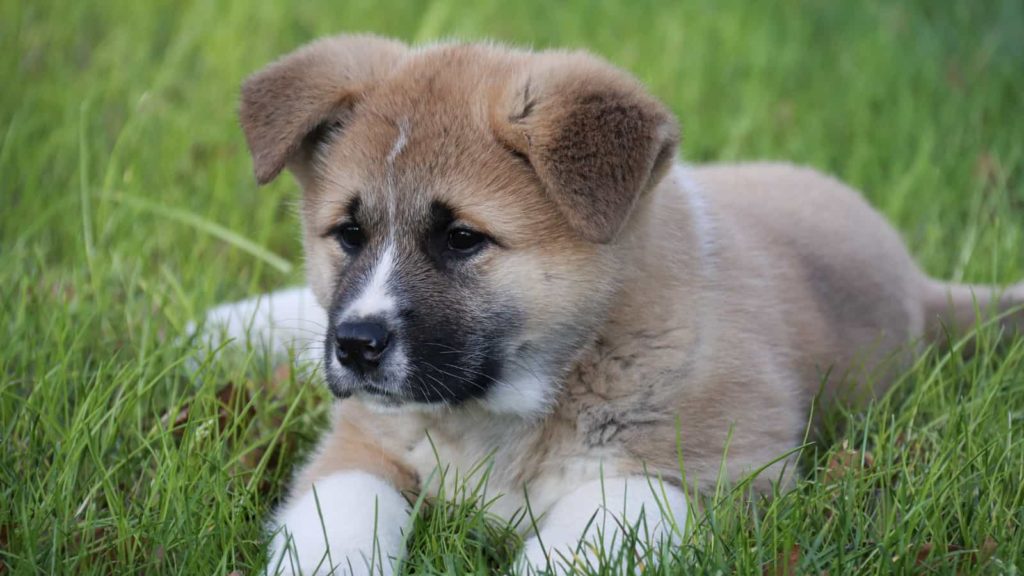
How To Straighten My Akita’s Ears Faster
There are many ways that Akita owners have tried to straighten their pups’ ears faster; however, talking with your vet is one of the best ways to find out what is right for your dog in particular.
Owner tricks and tips to help your Akita‘s ears stand up faster.
- Making sure that your pup has plenty of proper chew toys. The chewing action helps strengthen the muscles needed for their ears to stay up.
- Add some food to your Akita’s diet that increases the amount of calcium it gets such as a tablespoon of plain yogurt or no-fat cottage chesse. Try this for about 3 weeks.
It is typically safe for dogs to consume yogurt and cottage cheese; however, this does not mean that your dog will not have trouble digesting lactose. Talking to your vet is the best option for deciding whether or not to participate in these diet changes.
Be careful not to add too much calcium to your dog’s diet as this can cause digestion problems and an upset stomach. It’s always important to reach out to your vet first.
Other owners suggested an overall wholesome and nutritious diet that includes certain supplements. They found that their Akita’s ears stood up very fast after weeks on this specific diet.
It was specifically recommended to add glucosamine, a natural cartilage-building amino sugar to a Akita’s diet to build the cartilage strong enough to hold the ears straight.
As cartilage strengthens, the pinna in the dog’s ear begins to stand straight. By developing a consistent nutritional diet for your dog, changes in cartilage strength may become noticeable and the ear may begin to straighten.
Can I Tape My Akitas Ears?
If you are worried about your dog having floppy ears into adulthood you can tape your dog’s ears up to help strengthen the muscles and get the ears used to standing up on their own. You can use tape like this. Or check out this popular hack from a dog trainer YouTuber
Fun Tidbit: One owner used tampons to tape her dog’s ears up. She said she did it for about a week and a half and they started to stand up on their own. Her reasoning was it holds them upright while everything is growing.
This is not recommended though because your dog might rebel and try to eat the tampon. That would not be a good thing!
Why Your Akita Eats Grass, Poop, and Other Weird Stuff?
Do Akitas Get Their Ears Cropped?
Akitas do not need to have their ears cropped. Cropping is a surgical procedure in which the ear is trimmed back so that it stands up, rather than flopping over. An Akita’s ears will stand up on their own if given time and the proper care.
What do Akita’s Ear Positions Mean?
Ear position can tell us a lot about how our dogs are feeling. Akitas specifically have very unique communication signals that often involve the ears.
As an Akita’s ears gain more cartilage and begin to stand straight they will become very expressive. By being able to move their ears in certain ways they not only can pick up on certain sounds but are also able to inform their owners of what they are feeling.
Some common communication signals that Akitas may use are:
- Relaxed/Neutral
- Playful
- Anxious/Upset
- Aggressive
- Fearful
- Intelligent
- Proud
Your Akita may indicate their emotions and feelings by placing their ears in multiple positions to show what they are feeling. Although, each Akita is different and you must learn what your own Akita is communicating to you.
What does it mean when your Akita puts its ears back?
Your Akita may move his ears back or flatten them against his head when he is feeling submissive, anxious or afraid. … Ears that are held tightly pressed back signal a canine in a defensive position.
Common ear positions and the emotions related to them:
Ear Position | Emotion |
Flattened / Back | Nervous, Fearful, Anxious, Submissive, Lack of confidence |
Turned | Nervous, Fearful |
Forward | Playful |
Airplane | Happy/Excited |
Forward to Flat | Lack of attention |
Moving | Looking for Information (Receptive) |
How To Clean My Akita’s Ears
Akitas are less likely than other breeds to obtain ear infections due to their perky ears that promote good airflow throughout the ear canal; however, there are still opportunities for issues such as ear mites and inflammatory problems.
Cleaning your Akita’s ears is a crucial step in avoiding any potential issues that could arise. There are several steps to take that will ensure your Akita’s ears stay clean and healthy!
Two main ways to maintain your Akita’s ear health are cleaning the ear gently with a mild solution (canine ear cleaning solution) and cotton balls as well as trimming your Akita’s ear hair.
It is also helpful to squeeze veterinary-approved ear cleaner into your dog’s ears and massage the ear gently for 30 seconds to dislodge any buildup from the ear canal; however, do not let anything but the cleaning solution touch the dog’s ear to avoid causing more bacteria.
It is not recommended to use peroxide or cotton swabs in your dog’s ears. This can cause damage to certain areas in the ear as well as inflammation and further infection.
You may be able to tell when your Akita needs their ears cleaned. A healthy ear should be light pink with no smell and little wax if any. If you notice a strange color, a mild odor, or see that your dog is scratching its ears or shaking its head, it may be time to clean its ears. It is a good idea to ask your vet how often you should be cleaning your Akita’s ears because each dog differs.
You may also want to check your Akita’s ears often for:
- Wax buildup
- Mites
- Hair loss
- Redness
- Ear discharge
Shaving Your Akita. (When To and When Not to Do It.)
Ear Infection, Mites, or Allergies in Your Akita
It may be difficult to determine whether your dog has allergies, an ear infection, or mites. All of these issues first occur with the symptoms of whining, head shaking, and scratching. Since Akitas in particular are very prone to normal allergies, it is sometimes difficult to determine why they are scratching.
You may notice your Akita is beginning to act strange, this could be due to an outer ear infection caused by the many issues listed previously; or an inner ear infection that occurs when the outer ear infection is left untreated.
Causes of ear infections in Akitas:
- Bacteria in the ear
- Yeast
- Fungus
- Ear mites
- Foreign objects lodged in the ear
- Trauma
- Tumors
- Polyps
Symptoms specific to mites include head and ear scratching, dark/crumbly reddish-brown discharge, dried blood, inflammation, and infections. Scratching at the skin is oftentimes an issue because if your dog cuts the skin more infections can occur.
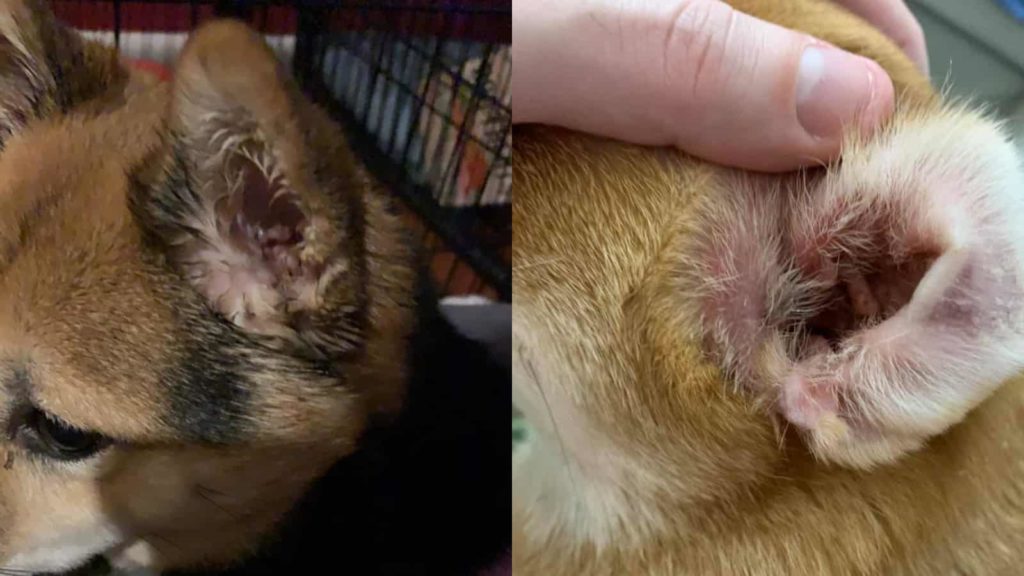
Akitas are prone to a skin allergy called “atopy,” where the ears are heavily affected. Symptoms typically start around 1–3 years old and can get worse every year. You may notice your Akita licking their paws, rubbing their face, or developing ear infections more often. There are many treatment options available for atopy and it is normally easily treatable!
You may also notice your Akita cannot hear as well as usual and is perhaps dizzy or nauseous. If you begin seeing any of these symptoms it is recommended for you to get your Akita to the vet right away.
A veterinary clinic may prescribe ear drops or cleaning solutions that will help rid the ears of infection or a solution to treat the skin allergy. If your dog has an infection only in one ear, be careful to avoid spreading the infection to the other ear while using certain cleaning methods.
Long-Term Complications of Ear Infections
Typically ear infections do not go away on their own. It is important to get your dog checked by a veterinarian immediately if you notice an ear infection has gone on too long.
If the infection is left untreated it may become even more difficult to get rid of the infection. An untreated ear infection can lead to serious long-term complications or may result in your dog needing surgery.
Some signs that your Akita’s ear infection has been left too long include symptoms of:
- Scratching
- Rubbing at the infected ear
- Discharge
- Odor
- Redness inside the ear
- Swelling of the ear canal
- Crusts
- Scabs
Long-term complications can arise if the ear infection is left untreated. Some more serious issues include hearing loss, balance issues, deafness in the infected ear, or in extreme cases, Horner’s syndrome, which is a condition that causes a loss of stimulation in the nerves surrounding the eyes.



